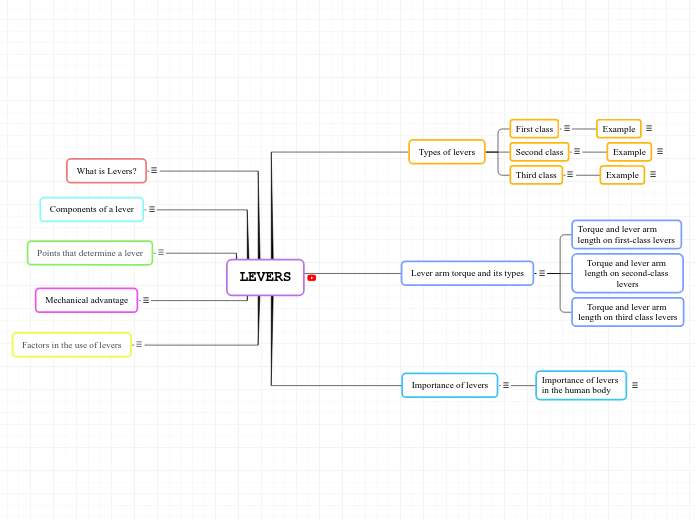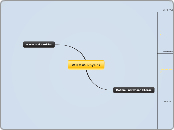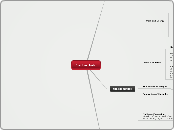por William Critchlow 9 anos atrás
497
Newtons 3 laws of motion
The physical principles that describe the behavior of objects in motion and at rest are encapsulated in Newton's three laws of motion. Newton's First Law asserts that an object will remain at rest or continue to move at a constant speed in a straight line unless acted upon by an unbalanced force.









